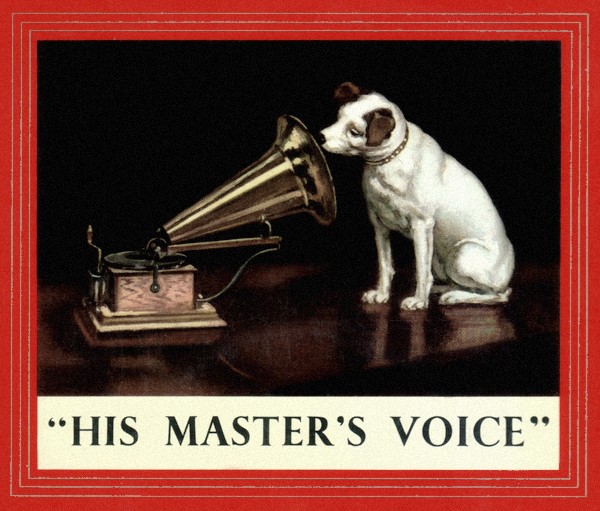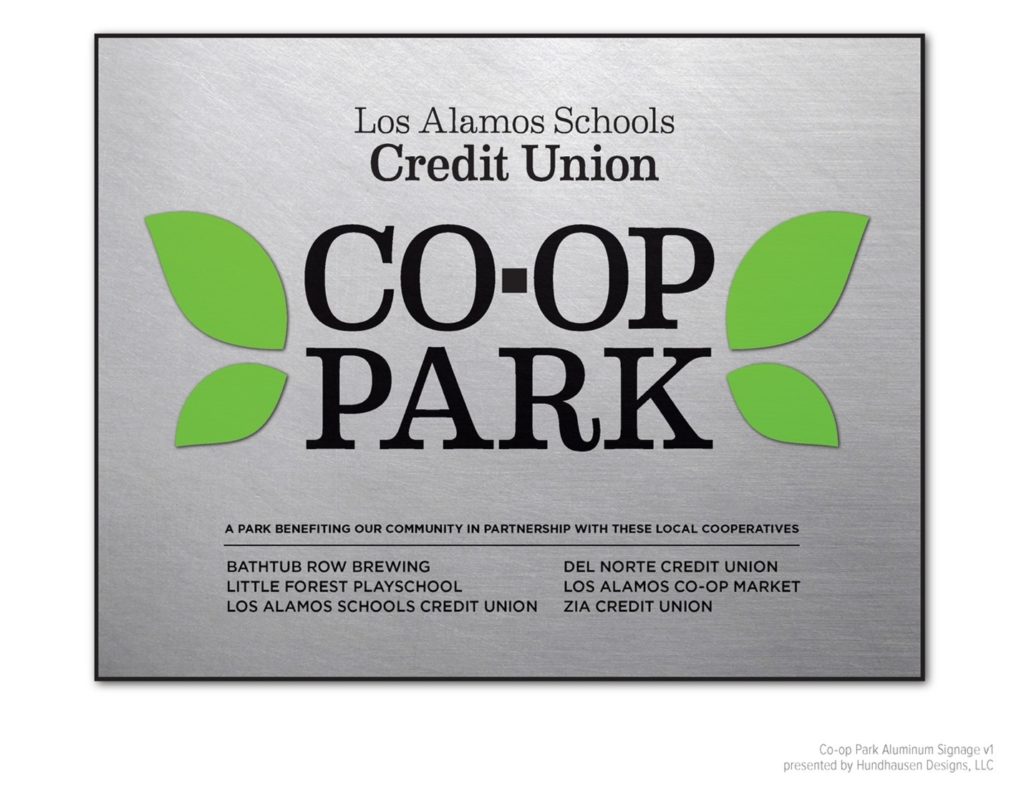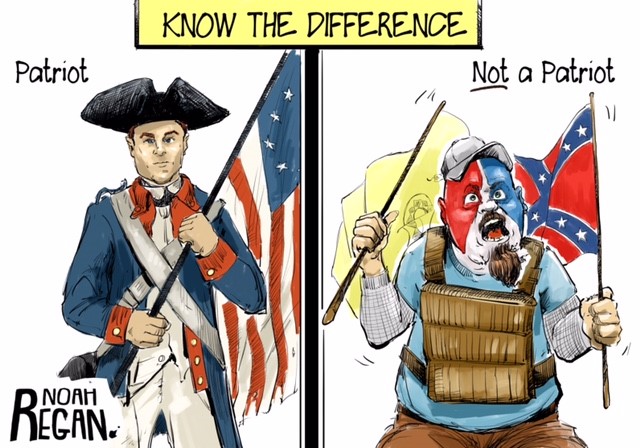“Credit unions are small, yes very small. But it is vital that America not say they are too small to be worth the effort of keeping them around. Because if nothing else, credit unions keep alive a principle—that principle is freedom of choice.”
Ed Callahan, Callahan Report, June 1997
Two Washington Post news articles present why the choice that Ed championed, even of smaller institutions, is vital for society today.
- Efficiency is Not Resilience
The efficiency curse describes the effectiveness of small farmers adapting more readily to market disruptions of food distribution during the pandemic. Excerpts follow.
“Efficiency is a wonderful thing. It can result in benefits such as lower prices and better uses of resources. But a hyper specialized system is more vulnerable to disruption; it is not resilient.
“Smaller farmers are doing relatively well. According to Civil Eats, farms with existing CSAs (Community Supported Agriculture) have seen “a massive increase” in memberships since the start of the pandemic, with some reporting a 50 percent bump in sales. One California farmer said, “It took a pandemic for people to support local sustainable agriculture again, and home cooking, and ‘know your farmer.’ ”
“Why don’t we pay as much attention to the benefits of resilience as to the benefits of efficiency? We tend to get good at what we can measure, and it’s easy to produce numbers that support efficiency, such as crop yields per acre. Resilience cannot be easily measured, though. Its benefits are most evident during the catastrophes that can’t be predicted and the trends that haven’t been foreseen.
“One striking thing I’ve learned is that many (industrial scale)farmers and companies lose track of who’s eating their products.
“That sense of interconnectedness is, for me, one of the most powerful and hopeful lessons of the pandemic. People who had never given much thought to where their food comes from suddenly learned something about farms and farmers. Which is to say, they learned about our interconnectedness. The pandemic has shown us that the world is much more connected than we thought.” END
The “Know Your Farmer,” bumper stickers of the sustainable-food movement might be translated to “Know Your Member” as the signature phrase for credit unions.
- Nimbleness and Local Knowledge Beat Big Chains
A second example, “Small Pharmacies beat big chains at delivering vaccines,”showed how local independent pharmacies were more effective delivering Covid 19 vaccine shots than large retail chains. The reason: “local owners know their community best.” More relevant for credit unions is the author’s assertion that government policy makers promote bigness allowing “market power abuses.” The parallel to today’s merger-sales of long-standing sound credit union charters, could not be clearer. Excerpts follow.
“More than a month into the coronavirus vaccine rollout, only about 60 percent of the doses distributed across the country have actually made it into people’s arms, according to federal data — a discouraging display of inefficiency. But a handful of states are far ahead of the pack. At the top of the list are West Virginia, which had given out 84 percent of its doses as of Friday, and North Dakota, at 81 percent.
“Many factors are slowing distribution. But one key element appears to be the type of pharmacy states choose to work with. While the federal government partnered with CVS and Walgreens to handle vaccinations at long-term care facilities in the first phase of the rollout, North Dakota and West Virginia have instead turned to independent, locally owned pharmacies. Small drugstores are prevalent in West Virginia, and in North Dakota they’re just about the only game around: A 1963 law mandates that only pharmacies owned by pharmacists may operate in the state (save for a few grandfathered CVS locations).
“These small providers have proved remarkably nimble. Meanwhile, CVS and Walgreens have stumbled.
“The vaccination results in West Virginia and North Dakota have prompted a wave of national news stories, noting how startling it is that two rural states relying on local drugstores — the epitome of the old-timey “mom and pop” stereotype — have rocketed far ahead of states like Massachusetts and Virginia, with their networks of supposedly sophisticated chain pharmacies that have largely replaced the independents.
Public Policy Treats Small as Expendable
“For decades, Americans have been steeped in the idea that big businesses naturally outperform small ones. Indeed, much public policy is predicated on this belief. Our antitrust rules bless most corporate mergers on the grounds that larger companies are more efficient. Our financial regulations grease the flow of capital to the biggest firms. And in unstable times, the federal government almost invariably steps in to ensure their survival, while treating small businesses, local banks and family farms as expendable.
“So ingrained is this ideology of bigness that we routinely overlook evidence to the contrary. The fact is independent pharmacies have been outperforming their larger rivals all along. According to research by Consumer Reports, for instance, local pharmacies generally offer lower prices than the chains. And while the major chains only recently began offering one- or two-day home delivery, most independents have been providing same-day delivery for more than a decade (and most do it free).
Better Results by Being Small
“Independent pharmacies achieve superior results not despite being small, but because they are small. It’s their local ownership that makes the difference. Their decisions are guided not by the prerogatives of Wall Street but by the healthcare needs of their neighbors. Lacking top-heavy bureaucracy and rich with local knowledge and relationships, independent pharmacies possess what you might call economies of small scale. That helps explain why, in the places where they’ve been tapped to provide vaccinations at nursing homes, they’ve been able to quickly map out a plan and efficiently execute it.
“Like pharmacies, small banks derive advantages by virtue of being locally run that big banks simply cannot match: The owners know their communities and their borrowers, giving them access to a rich trove of “soft” information that enables the institutions to extend loans to new and growing businesses on the basis of factors that aren’t easily quantified and don’t fit the rigid parameters of big-bank lending. This is true not only during crises like the pandemic: Community banks account for less than one-fifth of the industry’s assets, but they supply nearly half of all lending to small businesses.
Regulatory Bias for Bigness
“So, if local pharmacies, banks and other businesses are outcompeting their biggest rivals, why are they losing ground? The number of independent pharmacies, for instance, has dropped by nearly 1,400 over the last decade, to 21,700 — and their market share has fallen from 28 percent to less than 20 percent.
“The answer is that policymakers, convinced of the inherent superiority of bigness, have allowed a few corporations to amass outsize power and wield it with impunity. Rather than compete head-to-head with their smaller rivals on price or service, these huge companies can simply crush them. (ed. or buy them out via mergers)
“These kinds of market-power abuses are rampant across the economy, but we’ve been conditioned not to see them. Confronted with yet another shuttered storefront, we take it as simply more evidence that small businesses can’t compete.
“It’s not just some hazy nostalgic feeling that we’re losing when independent businesses close. The stakes are much more consequential. We’re trading away some of the most productive and effective parts of our economy. The strong performance by local pharmacies in distributing lifesaving vaccines makes that clear.” END
The Takeaway for Credit Unions
Every time a sound, locally focused and managed credit union merges, the surrounding economy, the cooperative system and the American marketplace is less diverse, nimble and responsive.




